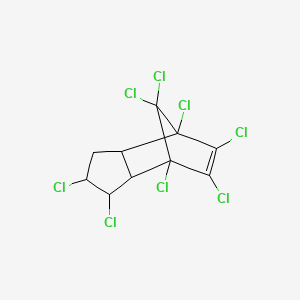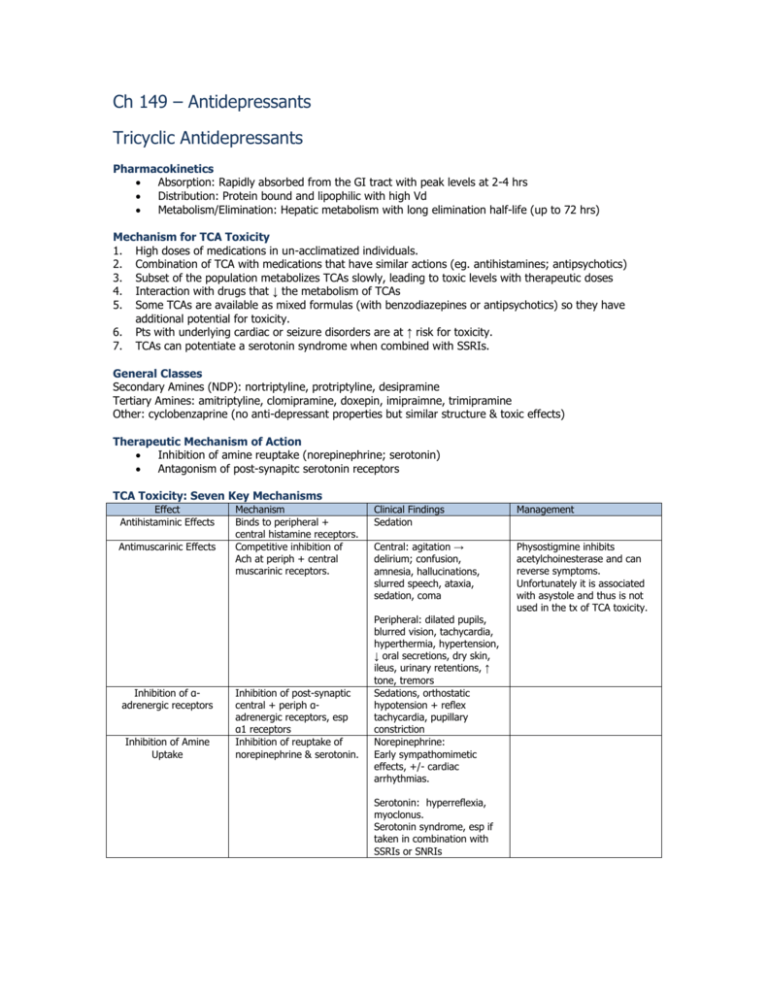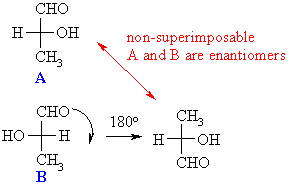Thiamine ld50 intravenous
Thiamine Ld50 Intravenous. Sodium bicarbonate is a systemic alkalizer which increases plasma bicarbonate buffers excess hydrogen ion concentration and raises blood pH thereby reversing the clinical manifestations of. It is available in the US. Early reports of its activity against brain cancer cells led patients to treat themselves with DCA which is commercially. Calcium disodium edentate Ca-ethylenediaminetetraacetic acid EDTA is given subcutaneous or intravenous for 3 days especially for cattle after lead exposure.
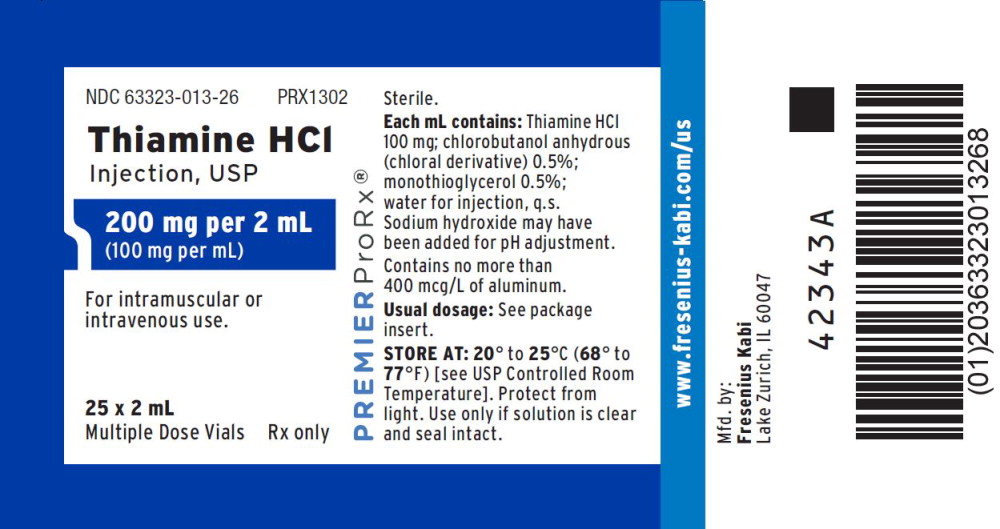 Thiamine Hydrochloride Injection Usp From dailymed.nlm.nih.gov
Thiamine Hydrochloride Injection Usp From dailymed.nlm.nih.gov
It is available in the US. Salts of DCA are used as drugs since they inhibit the enzyme pyruvate dehydrogenase kinase. If clinical signs persist an extra 5-day treatment might be necessary after 1 week gap of. The chemical was synthesized for the first time in 1935 by Percy Lavon Julian and Josef Pikl. A similar dose in dogs compartmentalized to 4 treatmentsday given subcutaneously in combination with 5 dextrose for 2-5 days. Vitamin A is a fat soluble vitamin necessary for health deficiency of which can cause disorders of vision skin bone and immunity.
If clinical signs persist an extra 5-day treatment might be necessary after 1 week gap of.
Intravenous administration of ethanol is the preferred route. Calcium disodium edentate Ca-ethylenediaminetetraacetic acid EDTA is given subcutaneous or intravenous for 3 days especially for cattle after lead exposure. The chemical was synthesized for the first time in 1935 by Percy Lavon Julian and Josef Pikl. If clinical signs persist an extra 5-day treatment might be necessary after 1 week gap of. Physostigmine also known as eserine from éséré the West African name for the Calabar bean is a highly toxic parasympathomimetic alkaloid specifically a reversible cholinesterase inhibitorIt occurs naturally in the Calabar bean and the Manchineel tree. 4-Methyl pyrazole Fomepizole a potent inhibitor of alcohol dehydrogenase has been used therapeutically to decrease the metabolic consequences of ethylene glycol poisoning.
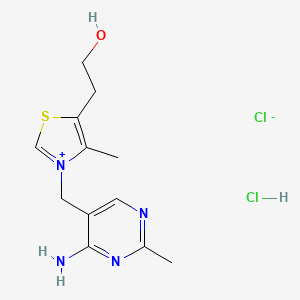
Vitamin A is a fat soluble vitamin necessary for health deficiency of which can cause disorders of vision skin bone and immunity. Intravenous sodium bicarbonate therapy increases plasma bicarbonate buffers excess hydrogen ion concentration raises blood pH and reverses the clinical manifestations of acidosis. The recommended daily allowance for vitamin A is 300 to 700 μg for children and approximately 700 to 900 μg for adults amounts which can be provided by a normal diet. It is available in the US. Physostigmine also known as eserine from éséré the West African name for the Calabar bean is a highly toxic parasympathomimetic alkaloid specifically a reversible cholinesterase inhibitorIt occurs naturally in the Calabar bean and the Manchineel tree.
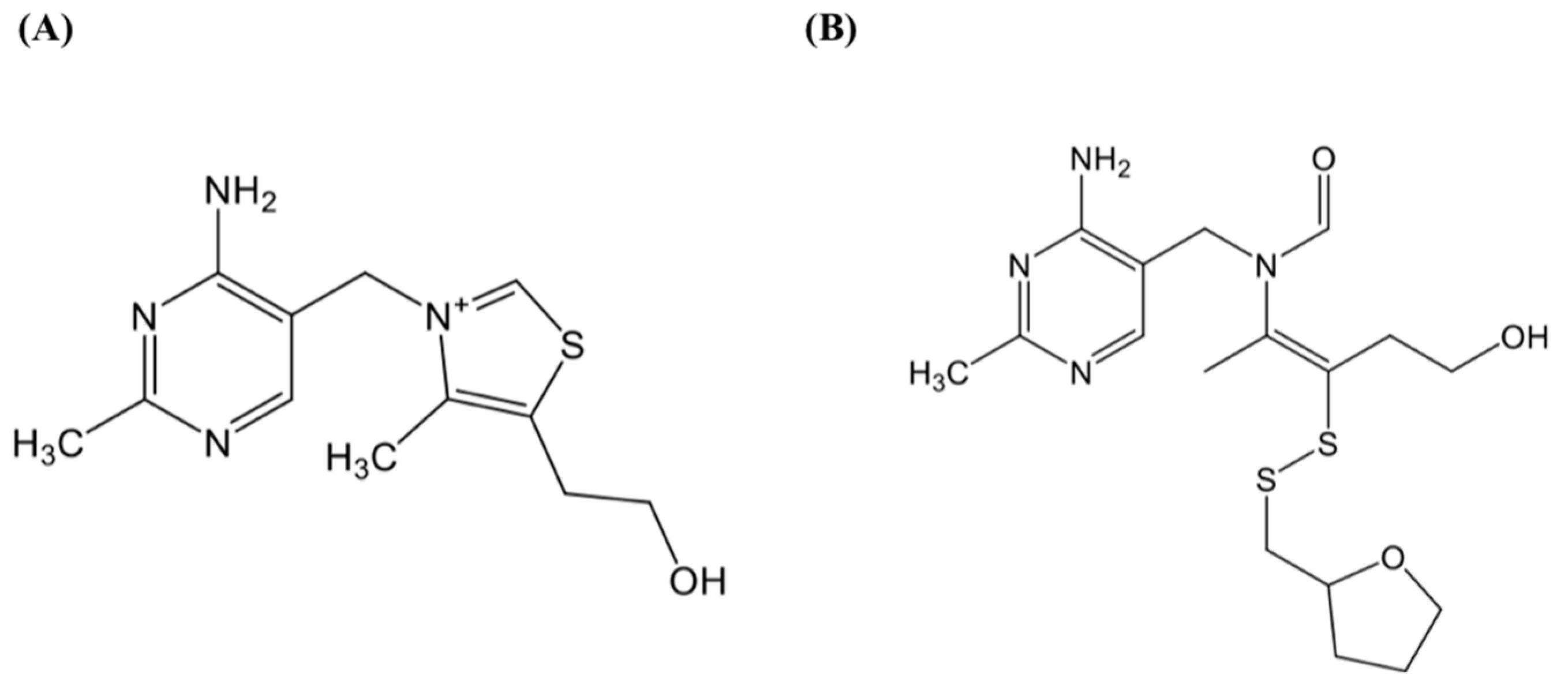 Source: mdpi.com
Source: mdpi.com
The chemical was synthesized for the first time in 1935 by Percy Lavon Julian and Josef Pikl. A similar dose in dogs compartmentalized to 4 treatmentsday given subcutaneously in combination with 5 dextrose for 2-5 days. Hemodialysis may be required. In general the most common uses of parenteral epinephrine are to relieve respiratory distress due to bronchospasm to provide rapid relief of hypersensitivity anaphylactic or anaphylactoid reactions to drugs animal serums and other allergens and to. Early reports of its activity against brain cancer cells led patients to treat themselves with DCA which is commercially.
 Source: dailymed.nlm.nih.gov
Source: dailymed.nlm.nih.gov
Vitamin A is a fat soluble vitamin necessary for health deficiency of which can cause disorders of vision skin bone and immunity. Physostigmine also known as eserine from éséré the West African name for the Calabar bean is a highly toxic parasympathomimetic alkaloid specifically a reversible cholinesterase inhibitorIt occurs naturally in the Calabar bean and the Manchineel tree. 4-Methyl pyrazole Fomepizole a potent inhibitor of alcohol dehydrogenase has been used therapeutically to decrease the metabolic consequences of ethylene glycol poisoning. Intravenous administration of ethanol is the preferred route. Sodium bicarbonate is a systemic alkalizer which increases plasma bicarbonate buffers excess hydrogen ion concentration and raises blood pH thereby reversing the clinical manifestations of.
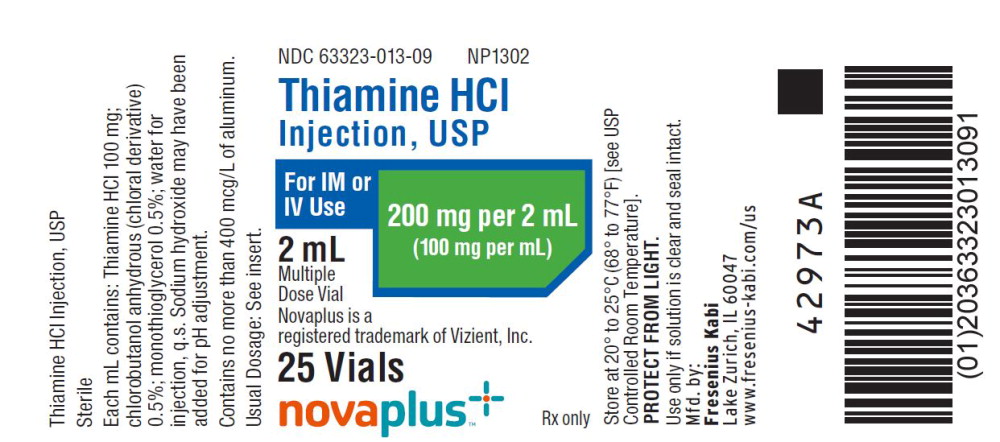 Source: dailymed.nlm.nih.gov
Source: dailymed.nlm.nih.gov
Intravenous administration of ethanol is the preferred route. Salts of DCA are used as drugs since they inhibit the enzyme pyruvate dehydrogenase kinase. A similar dose in dogs compartmentalized to 4 treatmentsday given subcutaneously in combination with 5 dextrose for 2-5 days. In general the most common uses of parenteral epinephrine are to relieve respiratory distress due to bronchospasm to provide rapid relief of hypersensitivity anaphylactic or anaphylactoid reactions to drugs animal serums and other allergens and to. Ethanol blood levels should be checked frequently.

The recommended daily allowance for vitamin A is 300 to 700 μg for children and approximately 700 to 900 μg for adults amounts which can be provided by a normal diet. Dichloroacetic acid often abbreviated DCA is an acid analogue of acetic acid in which two of the three hydrogen atoms of the methyl group have been replaced by chlorine atoms. It is available in the US. Hemodialysis may be required. A similar dose in dogs compartmentalized to 4 treatmentsday given subcutaneously in combination with 5 dextrose for 2-5 days.

Dosage delivery routes for epinephrine include intravenous inhalation nebulization intramuscular injection and subcutaneous injection. Sodium bicarbonate is a systemic alkalizer which increases plasma bicarbonate buffers excess hydrogen ion concentration and raises blood pH thereby reversing the clinical manifestations of. Salts of DCA are used as drugs since they inhibit the enzyme pyruvate dehydrogenase kinase. Dichloroacetic acid often abbreviated DCA is an acid analogue of acetic acid in which two of the three hydrogen atoms of the methyl group have been replaced by chlorine atoms. 4-Methyl pyrazole Fomepizole a potent inhibitor of alcohol dehydrogenase has been used therapeutically to decrease the metabolic consequences of ethylene glycol poisoning.
 Source: biosupply.fffenterprises.com
Source: biosupply.fffenterprises.com
Physostigmine also known as eserine from éséré the West African name for the Calabar bean is a highly toxic parasympathomimetic alkaloid specifically a reversible cholinesterase inhibitorIt occurs naturally in the Calabar bean and the Manchineel tree. Sodium bicarbonate is a systemic alkalizer which increases plasma bicarbonate buffers excess hydrogen ion concentration and raises blood pH thereby reversing the clinical manifestations of. Calcium disodium edentate Ca-ethylenediaminetetraacetic acid EDTA is given subcutaneous or intravenous for 3 days especially for cattle after lead exposure. Hemodialysis may be required. Physostigmine also known as eserine from éséré the West African name for the Calabar bean is a highly toxic parasympathomimetic alkaloid specifically a reversible cholinesterase inhibitorIt occurs naturally in the Calabar bean and the Manchineel tree.
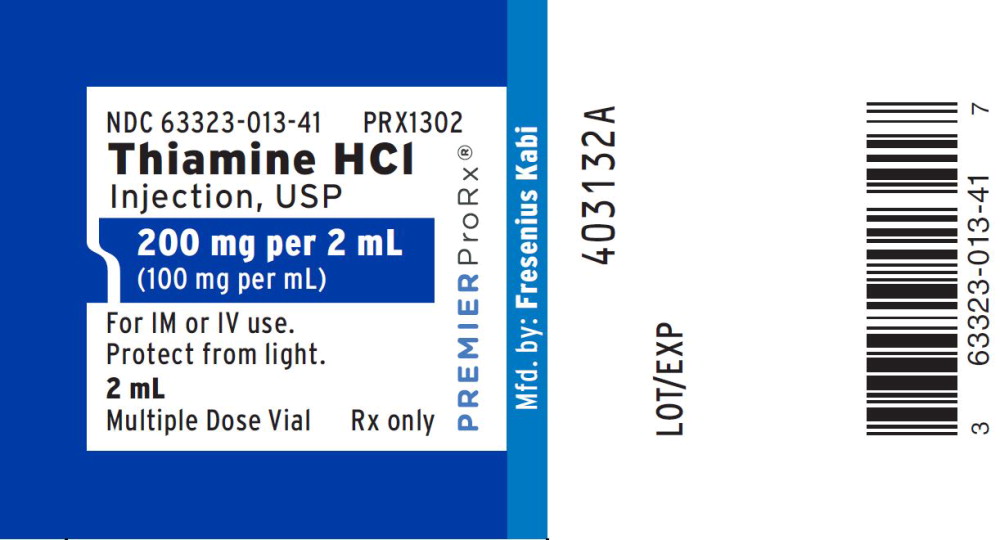 Source: dailymed.nlm.nih.gov
Source: dailymed.nlm.nih.gov
Dosage delivery routes for epinephrine include intravenous inhalation nebulization intramuscular injection and subcutaneous injection. Vitamin A is a fat soluble vitamin necessary for health deficiency of which can cause disorders of vision skin bone and immunity. The recommended daily allowance for vitamin A is 300 to 700 μg for children and approximately 700 to 900 μg for adults amounts which can be provided by a normal diet. Calcium disodium edentate Ca-ethylenediaminetetraacetic acid EDTA is given subcutaneous or intravenous for 3 days especially for cattle after lead exposure. In general the most common uses of parenteral epinephrine are to relieve respiratory distress due to bronchospasm to provide rapid relief of hypersensitivity anaphylactic or anaphylactoid reactions to drugs animal serums and other allergens and to.
 Source: drugs.com
Source: drugs.com
Dichloroacetic acid often abbreviated DCA is an acid analogue of acetic acid in which two of the three hydrogen atoms of the methyl group have been replaced by chlorine atoms. Hemodialysis may be required. Intravenous administration of ethanol is the preferred route. In general the most common uses of parenteral epinephrine are to relieve respiratory distress due to bronchospasm to provide rapid relief of hypersensitivity anaphylactic or anaphylactoid reactions to drugs animal serums and other allergens and to. Intravenous sodium bicarbonate therapy increases plasma bicarbonate buffers excess hydrogen ion concentration raises blood pH and reverses the clinical manifestations of acidosis.
 Source: dailymed.nlm.nih.gov
Source: dailymed.nlm.nih.gov
Sodium bicarbonate is a systemic alkalizer which increases plasma bicarbonate buffers excess hydrogen ion concentration and raises blood pH thereby reversing the clinical manifestations of. Hemodialysis may be required. If clinical signs persist an extra 5-day treatment might be necessary after 1 week gap of. Dosage delivery routes for epinephrine include intravenous inhalation nebulization intramuscular injection and subcutaneous injection. A similar dose in dogs compartmentalized to 4 treatmentsday given subcutaneously in combination with 5 dextrose for 2-5 days.
If you find this site helpful, please support us by sharing this posts to your favorite social media accounts like Facebook, Instagram and so on or you can also bookmark this blog page with the title thiamine ld50 intravenous by using Ctrl + D for devices a laptop with a Windows operating system or Command + D for laptops with an Apple operating system. If you use a smartphone, you can also use the drawer menu of the browser you are using. Whether it’s a Windows, Mac, iOS or Android operating system, you will still be able to bookmark this website.



